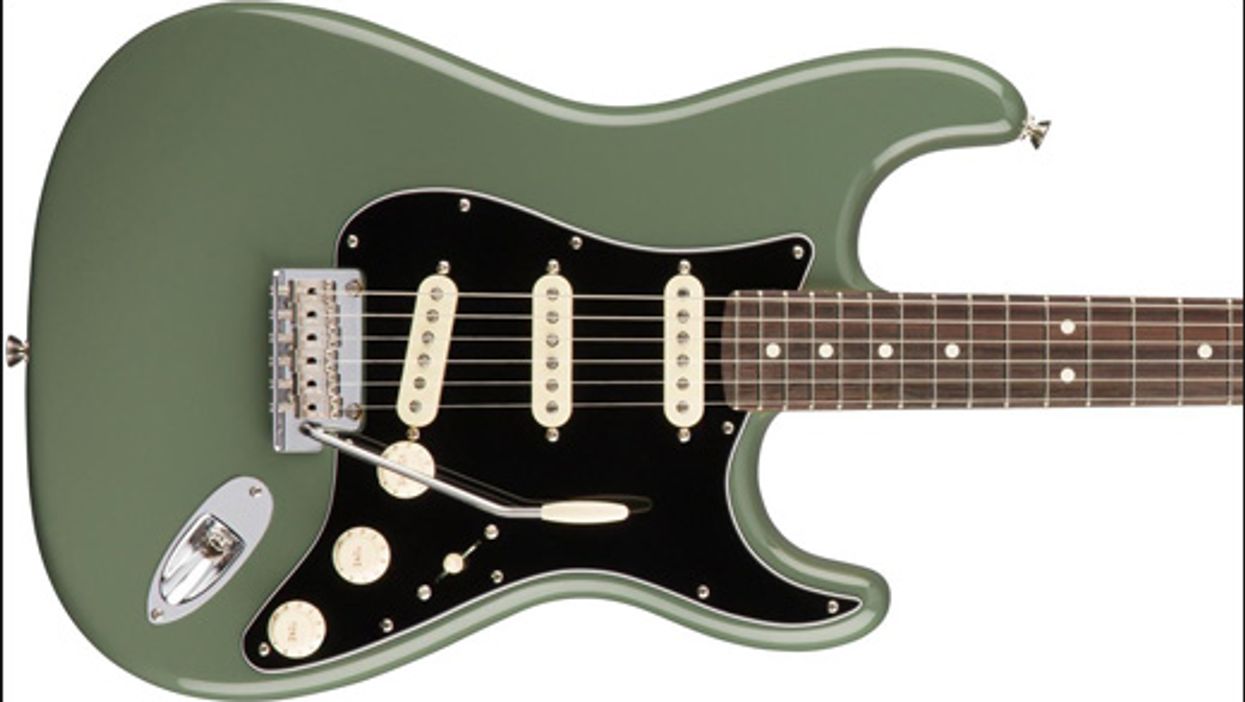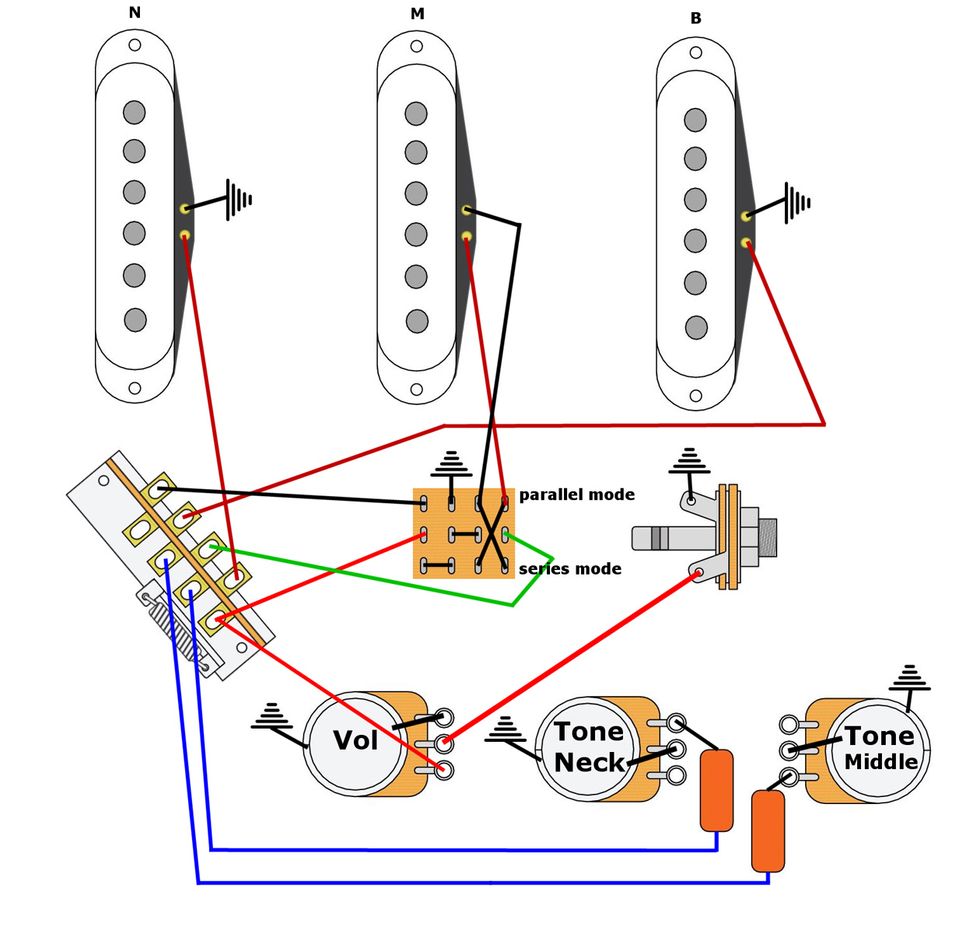Image 1 — Drawing courtesy of singlecoil.com
Hello and welcome back to Mod Garage. Today we'll talk about a kind of evergreen mod for a Stratocaster, to implement series wiring of the pickups. Longtime followers of Mod Garage might recall that way back in late 2011 we talked about this, but it's almost been a decade since that article, “Adding Series Switching to Your Strat."
Over the years, I've received many emails about this wiring, and a lot of people failed when trying to set it up … first and foremost because it's not an easy wiring. But even some of you who sailed through it had problems, so it was time to think about this mod again in order to enhance it.
This wiring is at least 20 years old and was the first version we used in the shop. It's not easy and it has some downsides, such as possible phasing issues depending on what middle pickup is used. It also has some problems with the controls. For example, you can't use it with the typical Strat configuration, leaving the bridge pickup without a tone control. No wonder that so many people failed with it! We don't use it in the shop anymore, since over time we developed a new circuit that does the same wiring but without all the aforementioned downsides. Now we have new downsides, but we'll get to that.
The problem with the first version is mostly the standard 5-way switch in combination with only a DPDT switch. When this wiring was developed, the 5-way super switch was not invented yet, and finding switches with multiple switching stages was a real and expensive challenge. But times have changed and today's hardware market is better than ever.
The new solution is still using the standard 5-way switch plus an additional on/on multistage toggle switch. The first "parallel" sound stage is the normal Strat operation we all know:
- Bridge pickup alone
- Bridge + middle pickup together in parallel
- Middle pickup alone
- Middle + neck pickup together in parallel
- Neck pickup alone
While you're playing the two "in between" positions—bridge + middle pickup together in parallel or middle + neck pickup together in parallel—you can engage the second sound stage with the toggle switch to get the two in-between positions in series rather than in parallel. This makes this wiring very easy to handle, because you only have to fiddle around with one additional toggle switch. I think it's a very useful addition to any Strat if you're looking for series pickup tones.
Only a few guitars use series wiring for their pickups. The most popular examples of series setups are the Brian May “Red Special" and almost all vintage Danelectro guitars. But there are several good reasons why you might want to wire your Strat pickups in series. If you want more volume and midrange out of your pickups, the parallel/series switching may be the perfect option.
In contrast to the classic parallel combination of the pickups, wiring two pickups in series produces a longer path with increased resistance, adding volume while preventing the highest frequencies from getting through. With series wiring, the output of one pickup goes into the input of another pickup. Meanwhile, with standard parallel wiring, each pickup takes its own path to the output. Besides being noticeably louder, series wiring emphasizes low and midrange tones, and this is a perfect combination to drive any tube amp into saturation—and also the perfect tone for lead playing.
Before we start, just a note about one of the most popular misunderstandings: Series wiring (also called out-of-phase wiring) is only possible when using two pickups together.
So what do we need for this mod? Not much, only an additional 4PDT on/on toggle switch. These switches are expensive and have a certain physical size, but it's no problem to place them on a regular Strat pickguard. Take care to buy an on/on type, not an on/off model. It's more likely that you'll find such switches in electronic stores rather than guitar supply stores. A 4PDT toggle switch is kind of a rare bird, but there are still plenty of manufacturers and finishes.
So what about the new downsides of this wiring? Because we need a 4PDT switch, you can't use a push-pull or push-push pot because they are only available with SPST or DPDT switches. But you can use a Fender S-1 pot for this, because the switch on these pots is a 4PDT on/on type. For more info about the Fender S-1 system and how to adopt the wiring to this switching matrix please have a look at my April 2011 article “Mod Garage: The Fender S-1 Switching System."
You also can't use this wiring as a kind of "deck wiring" with two preset stages. In series mode the three positions on the 5-way pickup selector switch where each pickup is dialed in alone are not connected and will have no signal output. It's possible to incorporate this feature into this wiring but you will need a 6PDT switch for this and these are really hard to find.
Any more downsides? Yes and no. You'll have to decide on your own if the following two situations are downsides for you or not:
1. There is no way around using two tone caps with this wiring—one on each tone pot. It's not possible to share one common tone cap like in a Stratocaster's standard wiring. I think this is more an advantage rather than a downside, because you can use a standard 0.022uF tone cap for the middle and a lighter 0.01uF cap for the neck pickup.
2. If you want to install the Stratocaster 7-sound mod to get access to all possible pickup combinations, this wiring cannot connect the bridge and neck pickup in series. You'll need an additional parallel/series switch if you want to do this.
So, here it is (Image 1). I tried to clear up the drawing wherever possible, replacing some ground wires with only the grounding symbol so there are no unnecessary connections across the diagram that might be confusing. As you can see, there is a strict separation of the two switching stages on the switch this time, and no jumper wire to connect them. The first switching stage is the stage for the tone controls while the second stage is used for the pickups. This is essential for this wiring and also gives room for further modifications. It's definitely not a beginner's project, so if this is your first attempt to mod a guitar, you should start with something easier. Otherwise chances are good you'll run into troubles with this one.
Next month we will take a deeper look into grounding—some common errors and misunderstandings about it, and, of course, some embosomed fairy tales, so stay tuned.
Until then ... keep on modding!




















